Highlights tour of historic Wiltshire, England
Market Cross at Castle Combe.
This evening, I am reprising a private tour of Wiltshire in south, central England. (Salisbury is about eighty eight miles S.W. of London.)
First, we departed our Salisbury lodgings on foot and embarked on a short walk to nearby Salisbury Cathedral. In course of this short trip we encountered thatched houses, the picturesque River Avon, numerous seasonal flowers and a small 12th century church.
On arrival at the cathedral we linked with an excellent local guide who escorted around this magnificent building which originates in the 13th century explaining the engineering, architecture, internal decoration and links with English history including the Magna Carta (1215), one of the four original copies of which is on display in the building.
Information in Salisbury Cathedral
Salisbury Cathedral
The building dates from 1220 when foundation stones were first laid. Thereafter, construction progressed using limestone from Tisbury, 18 miles away, and Purbeck stone from Isle of Purbeck. Other key facts:
- For 25 years construction was supervised by Elias of Dereham, a canon who may also have been the building’s architect.
- The Cathedral canons built their own houses in the vicinity resulting in the largest cathedral close in England.
- Construction was fast by standards of the day with quire, transepts and nave completed in 1258- just 38 years.
- The ornate west front was finished in 1265.
- The present tower and spire were added in the 14th century.
- Constructed uniformly in the Early English Gothic style.
- The octagonal spire is the tallest (404 ft. above ground) in Britain. May also rank as the most elegant.
Nave
Stress on supporting pillars
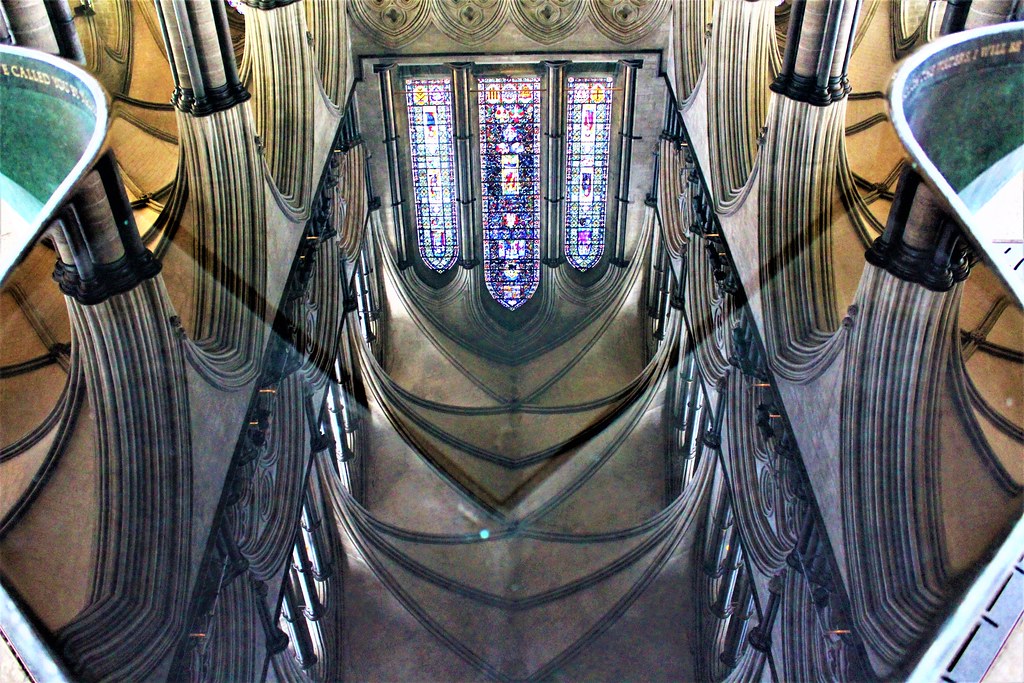 Reflections on surface of the font
Reflections on surface of the font
Salisbury and its Cathedral have inspired various writers and authors including Thomas Hardy, Anthony Trollope, Susan Howatch and William Golding.
Next, the group took opportunity to visit the local Saturday market in Salisbury after which we walked back to our lodgings and then drove to the popular village of Castle Combe which some rank as the prettiest village ion England
 Poultry Cross on Market Day.
Poultry Cross on Market Day.Information on Castle Combe
The village is situated about 15 miles N.E. of Bath.
Castle Combe has changed little over the past 500 years. Most of the buildings are a product of the 15th century cloth boom.
Key features and information on Castle Combe:
- Settlement dates from Saxon times but the Romans built a fort nearby.
- After the Norman invasion in 1066 the manor was handed to Humphrey de L’Isle
- During the 12th century Reginald de Dunstanville built the castle from which the village gets its name.
- The village’s heydays were in the Middle Ages when Castle Combe’s cloth was a prized and lucrative product.
- The Parish Church of St. Andrew dates from the 12th century.
- The river running at foot of the village is called the By Brook.
- Weavers cottages from the cloth boom can be found in Water Lane.
- The Manor House is now a luxury hotel.
- In the centre of the village can be found the Market Cross which includes a stone tiled roof supported on four massive pillars.
- The village has been used as a film set in the past, including Dr. Doolittle and Warhorse.
After concluding our visit to Castle Combe we moved on to nearby Bath where we called in at the famous Royal Crescent.
Information on the Royal Crescent
This stunning work was built during the period 1767-1774 under the direction of John Wood the Younger and is a manifestation of the style, scope and grandeur of the 18th century moneyed classes, a time which could be called the ‘Jane Austen era’.
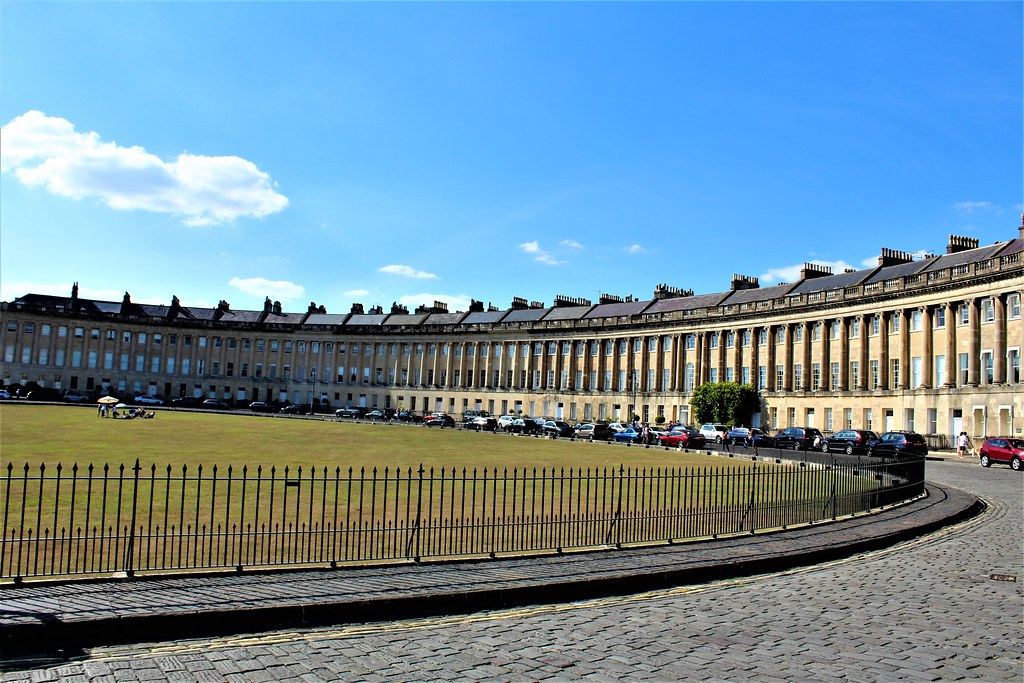 Royal Crescent
Royal CrescentThe development was unusual by modern standards in that Wood built the facade and then sold off sections to purchasers who each employed their own architects. There were originally thirty houses but over time some have been merged into a hotel and others into offices. No 1 was taken back to its original interior in the late 1960s and is now a museum.
Another consideration of the Crescent is its high elevation and views over the Victoria Park immediately in front.
Finally, we checked into our riverside lodgings near Bath.
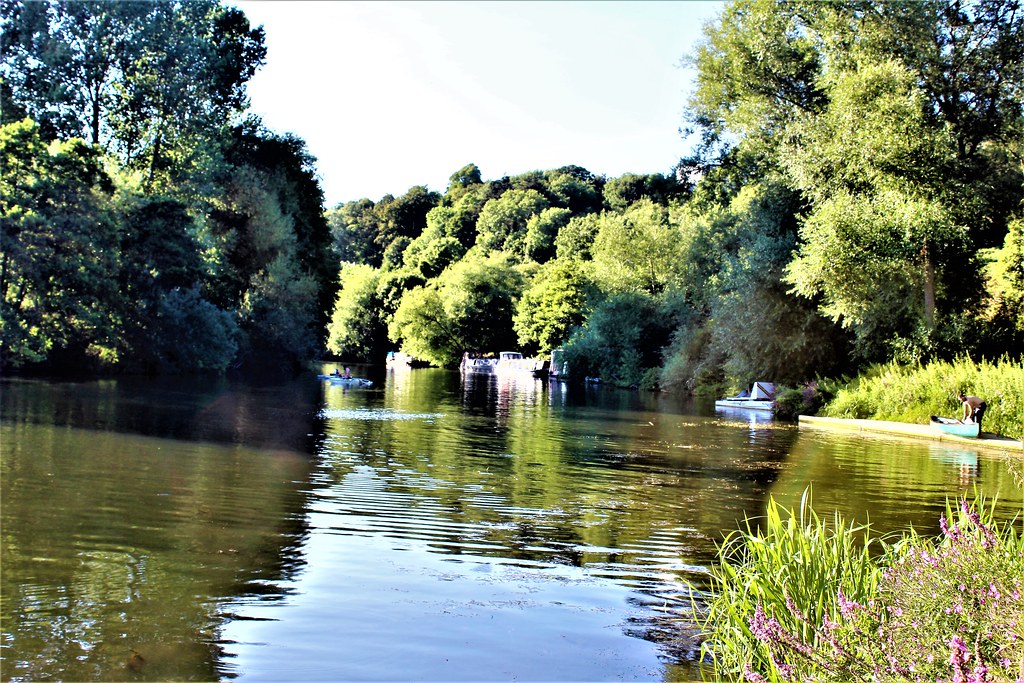 River Avon close to our lodgings in Bath
River Avon close to our lodgings in BathOur tour today was undertaken in temperatures around 27C/80F.

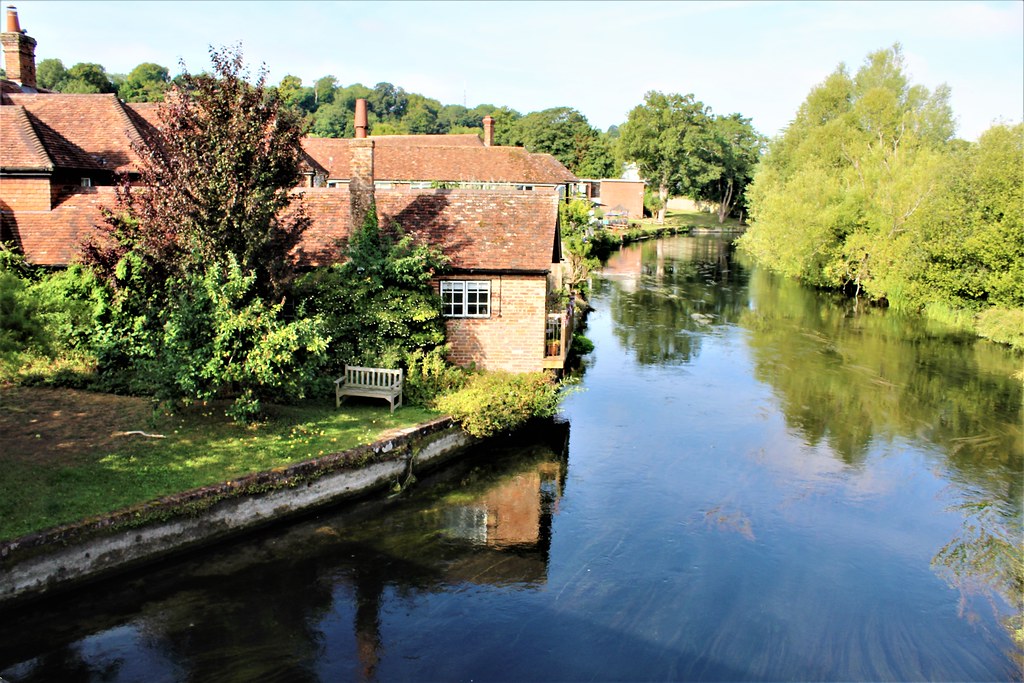
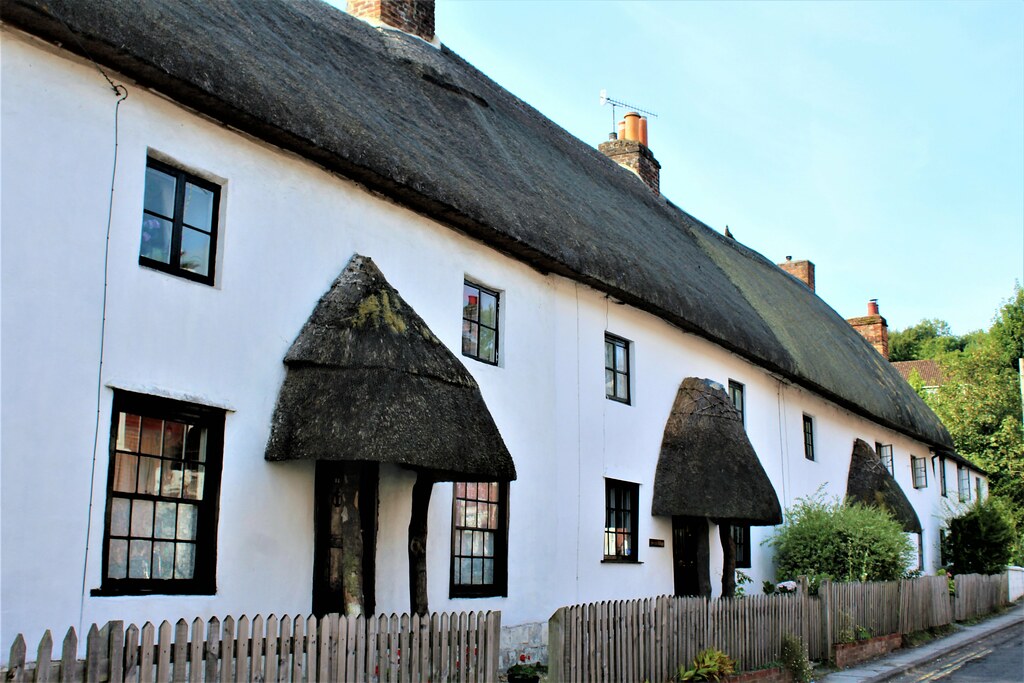

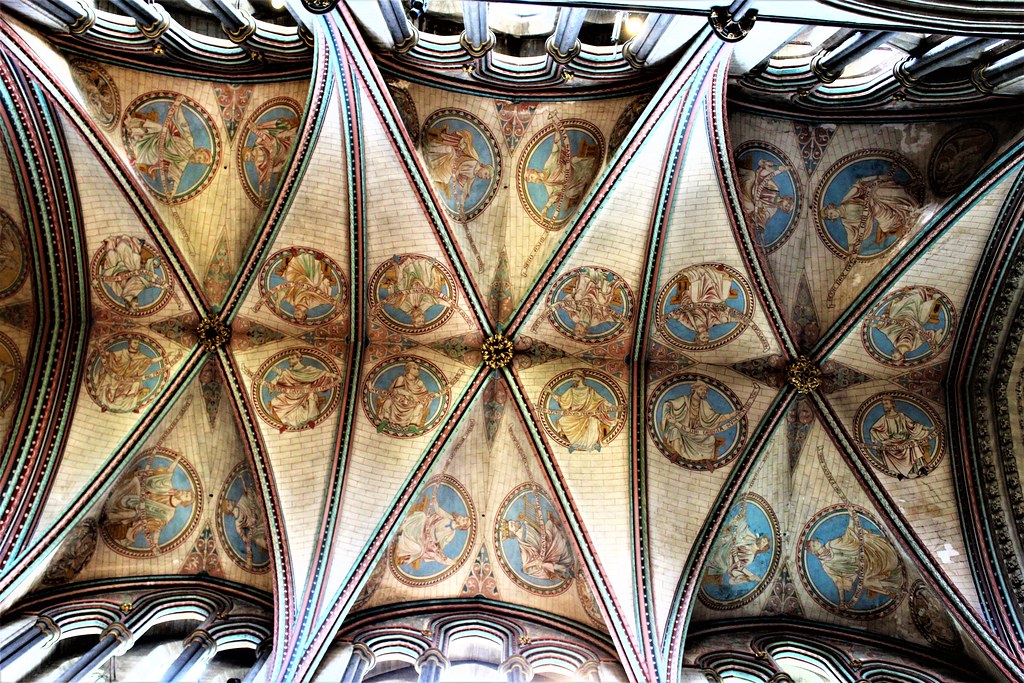

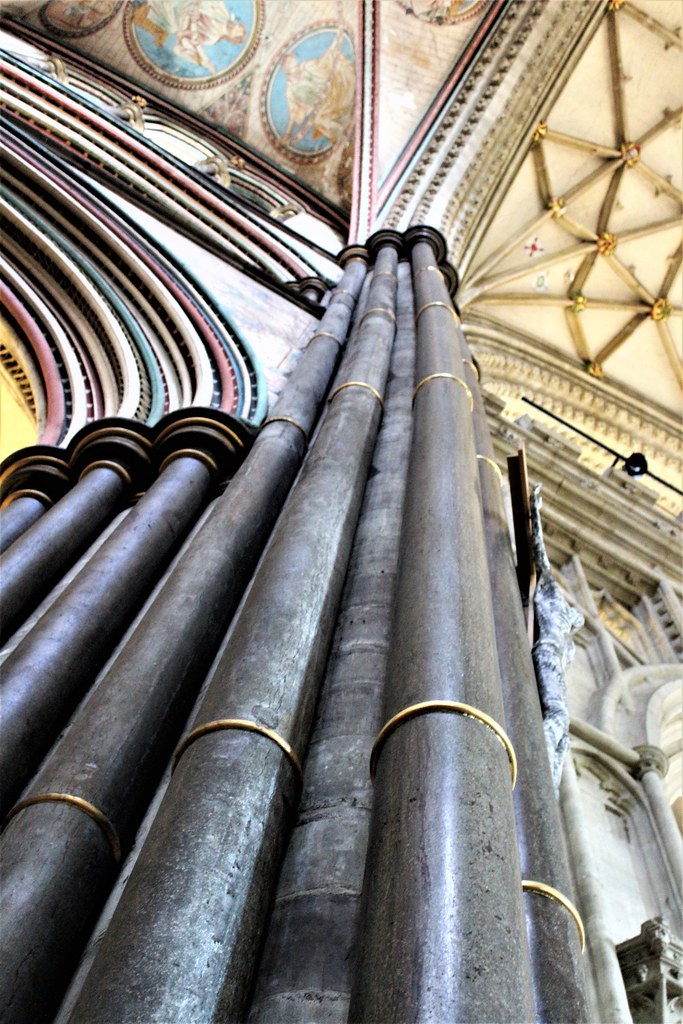

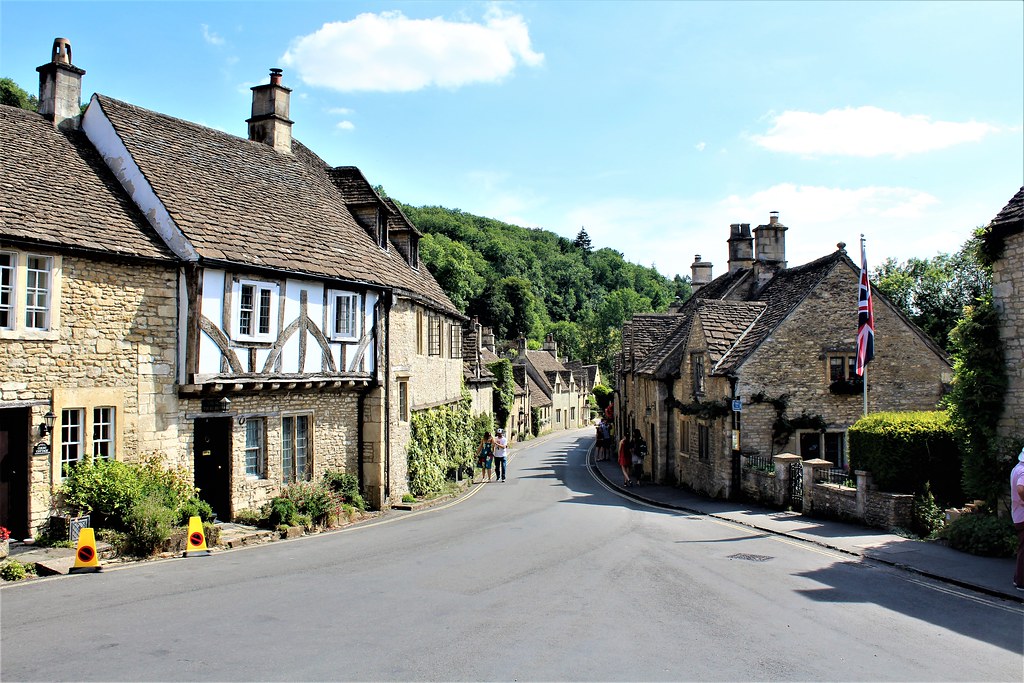

Comments
Post a Comment